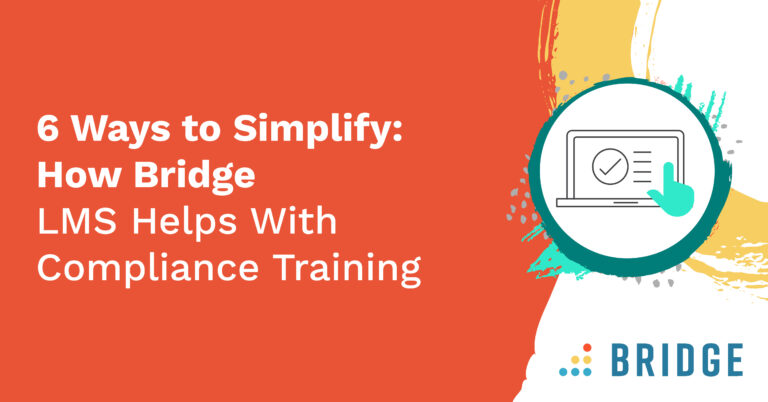There has been no escaping the sizeable impact of the global coronavirus pandemic, no matter who you are or where you live. However, with successful vaccine roll-outs and geo-political strategies to better manage the impact of Covid-19 moving forwards, organisations are able to consider their own rebuilding. Learning and Development teams must be at the heart of ‘building back better’, but how can they do this when, inevitably, their own resources will have been cut in the name of survival?
The State of Play for Learning & Development
Marketing and L&D are rarely bedfellows. But along come tough economic times and both are front of the queue for having their budgets cut, whilst actually being crucial areas for business bounce back. It’s because their results aren’t easily visible in an instantaneous sense. You only feel the impact further down the line when it’s difficult to even identify the source of sluggish growth.
Yet these branches of the organisational tree need to be pruned sensibly if they are to enabling blossoming in the future. It’s inevitable that L&D resources have been pruned hard, so how can you operate L&D in a way which enables acceleration in recovery, builds excellent foundations for growth ahead, and also facilitate daily productivity across the organisation?
Make Your Case
First up, you need to make your case that pruning L&D resources too much will hinder recovery, so that the scope of what you can do is not limited more than absolutely necessary. Your case should explain how L&D is vital for:
- Improving engagement
- Retaining current talent
- Attracting new talent
- Boosting morale
- Upskilling and reskilling to meet the capability gap created by a radically changed world
- Driving continual success, rather than sporadic success
How to ‘Do’ L&D with Fewer Resources
Nonetheless, the reality is that even with the strongest argument for investment in L&D, you are likely hindered by resource restrictions in terms of budgets, people and time. However, there are solutions which offer effective and high return on investment.
E-learning is a low cost L&D solution which also enables you to continue to develop employees who aren’t yet back on your physical premises. It can fit in around their work, helping them to be productive in the moment, as well as in the longer term. Gamification as well as interactive mobile learning is also generally cost-effective and engaging.
Engaging, high quality training: Choose or create exceptionally engaging and high quality training which drives progress on a wider range of goals as well as content delivery. This could be showing commitment to wellbeing and mental health, or team building.
Planned L&D: When resources are limited, it is essential that the resources you have are targeted effectively. This requires truly uncovering the areas which need the most attention, through everything from 360° feedback to engagement questionnaires, and then developing a strategy which is both organisation-wide and individually focused. This will only be possible with the right learning management platform. You need to identify the areas of critical skills which need your available resources before you expand out your development wish list. Whilst doing this, remember to consider how the pandemic has changed the landscape, and still is leading to changes.
Use the here and now to build learning cultures. Your organisation’s culture will have already undergone a cultural shift as a result of the pandemic. Now is the best time to ensure that a culture of learning is wired into the new organisational culture for the future.
Use the resources you have through mentoring and coaching. You already possess some L&D resources which cost nothing and facilitate culture and cohesion; that’s the potential for coaching and mentoring using your existing employees. With Bridge, you are able to identify the gaps in one individual’s skill base and pair them with another individual who is skilled in those areas. These facilitated relationships are powerful.
Consider the barriers to effective learning. Happy learners are effective learners. Organisations need to be highly aware that the pandemic has impacted the mental wellbeing of their human capital on a scale not experienced before. It may be necessary to work hard at strategies which demonstrate support for mental resilience and wellness before and in addition to pure L&D. Part of this can be simply listening to your employees and learning what’s difficult for them at the moment.
Create learner networks. L&D is easy to drop into different silos across the organisation. However, with the right tools to combine L&D and performance across the organisation, you can use the same resources more effectively because they are reaching a wider audience. With self-directed learning, peer initiatives, and excellent communication, a learner network spreads learning across the organisation and builds a stronger L&D culture too.
By viewing the current resource challenges as an opportunity, you can enable your L&D function to truly bounce back, and also enable a thriving bounce back across the whole organisation.



